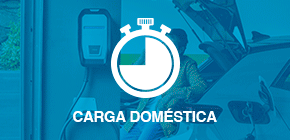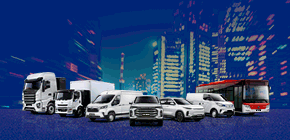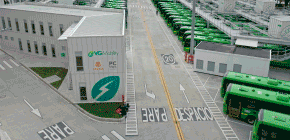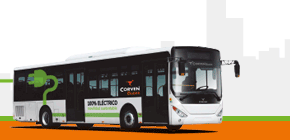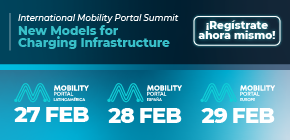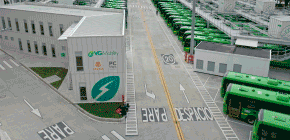During Portal Movilidad’s «Personalities» interview series, Jesús Requena, director of marketing and business development, has good expectations for the coming year.
With regard to 2021, the executive highlights that «the electric vehicle market ended up at 80,000 new units and 20,000 used ones». And for the coming months, he is confident that «it will continue to rise with double-digit growth».
The company plans to double the rate of growth in the market by 2022. If it grows by 10 per cent, we should grow by 20 per cent,» says Requena. The firm’s goal is «always to double it», says Requena.
The expert is based on the fact that charging infrastructure projects will go hand in hand with the increasing number of electric vehicles on the streets. At the same time, he points out that this represents a technological challenge to improve competitiveness and service to users.
One of the central aspects for Schneider has to do with improvements in software development. «A higher level of digitalisation will be very necessary,» he says.
Technology, according to Requena, will have to be better managed when it comes to electricity consumption. «The electric vehicle is not only a recharging point, but also implies a transformation of the distribution network,» he explains in terms of how this energy should be managed.
As for the software, he says that artificial intelligence will have to be incorporated to enable this optimisation of management. In effect, analytics will provide suggestions for greater efficiency in energy use.
This tool will make it possible to improve the maintenance of electric vehicle infrastructures. Especially with the use of the builder’s platform in analytics.
In addition, he adds that this will reduce the need to repair charging points. In this sense, he points out that by operating in a «proactive» way, taking advantage of the information from the «analytics» system, it is possible to prevent and optimise operation during supply.
Schneider Electric Iberia’s idea is for the charging point installations to last between 15 and 20 years. With the incorporation of the software and a good distribution of energy resources, it assures that «it is viable».
The company intends to undertake projects of several charging posts, which is «an intensive installation of electrical needs».
Good expectations
Regarding the MOVES II plan, which promotes aid for the purchase of electric cars, by way of assessment, he says that «it is a key enabler».
On the future of this plan and the expansion launched a month ago called Moves Flotas, he comments that the «focus should be in that direction».
Companies wishing to electrify their fleet will receive government support of up to 4,000 euros of investment per vehicle.
This plan began with purchase aid for electric cars and has been refined to make better use of it. It is now in its third stage, which has given better and more guarantees than its predecessor, Moves II.
The Scheiner executive comments that «instead of receiving the subsidy after the installation has been completed, it would be good to have the money available when the installation is being carried out». By receiving the money in advance, a project can be tackled with more security and confidence.
Problems with local councils
The bureaucracy used by local councils to obtain licences causes delays and slows down the industry. «If we put the brakes on, we will not achieve our goals,» emphasises Requena.
In this context, he stresses that the application for licences should be made as simple and quick as possible. «This deployment must be facilitated,» says Requena.
This is why harmonising the laws between town councils «facilitates what is necessary to build an infrastructure» and the speed of the projects will be more agile.








